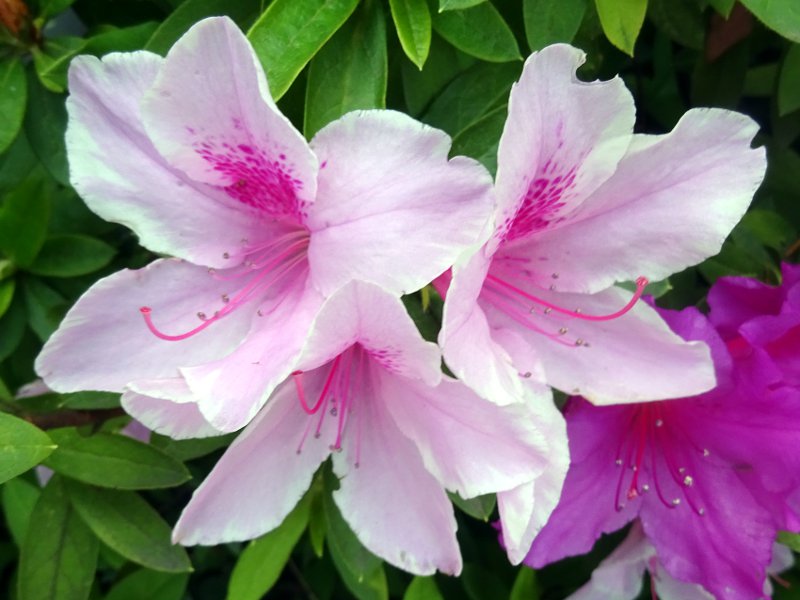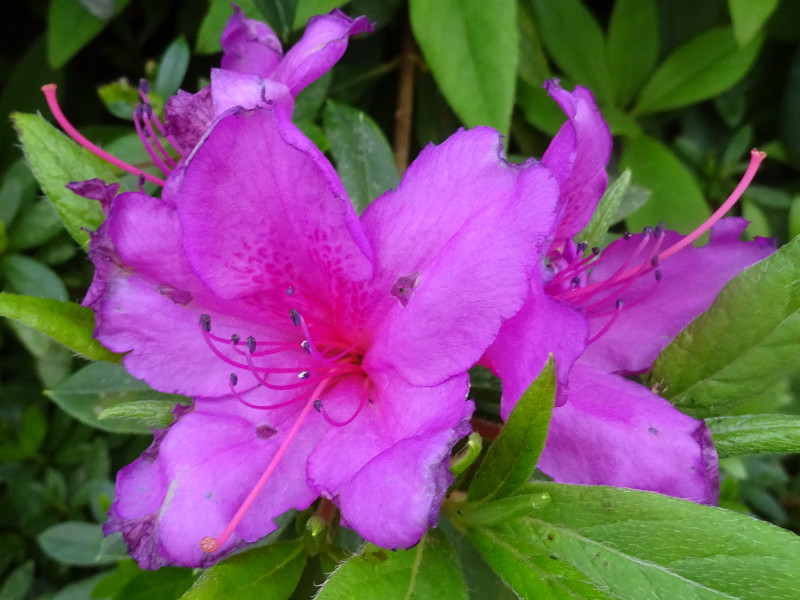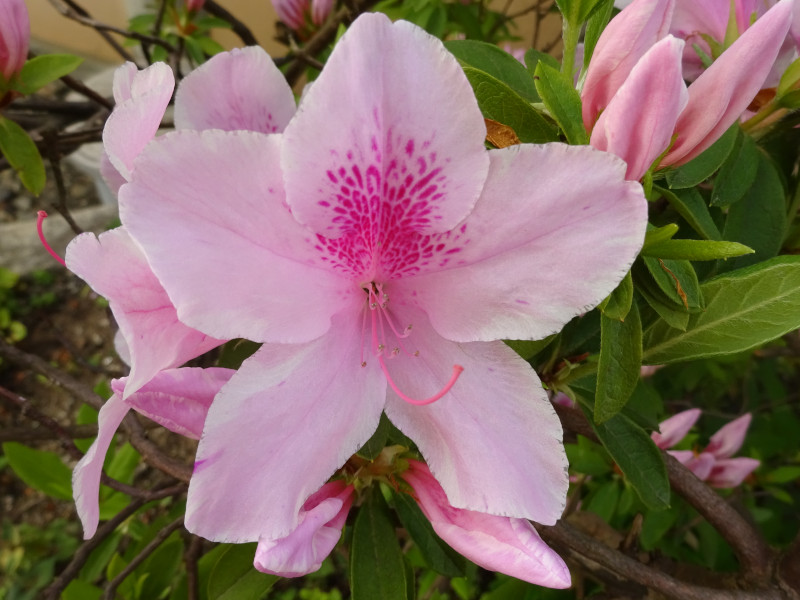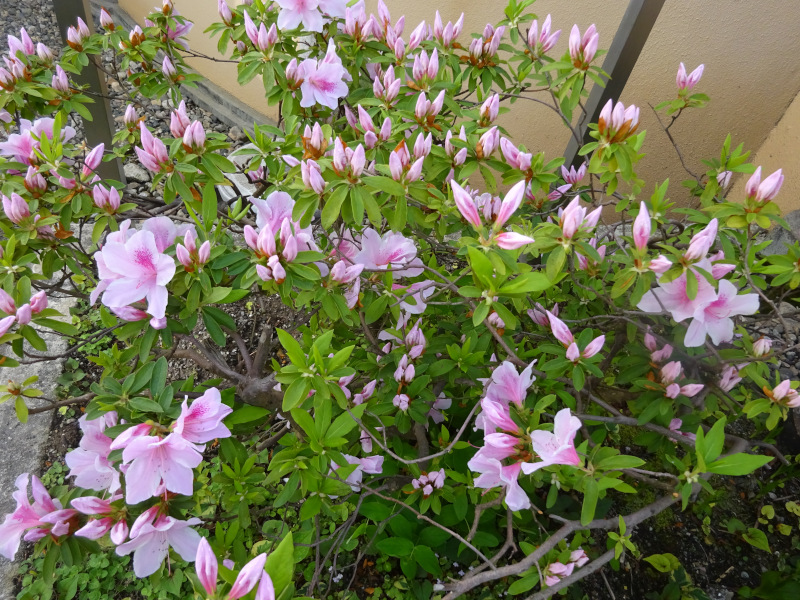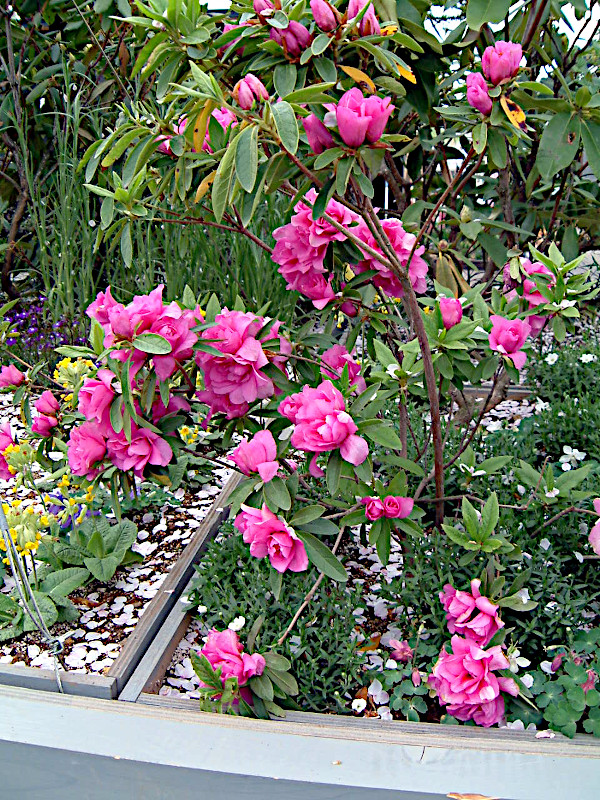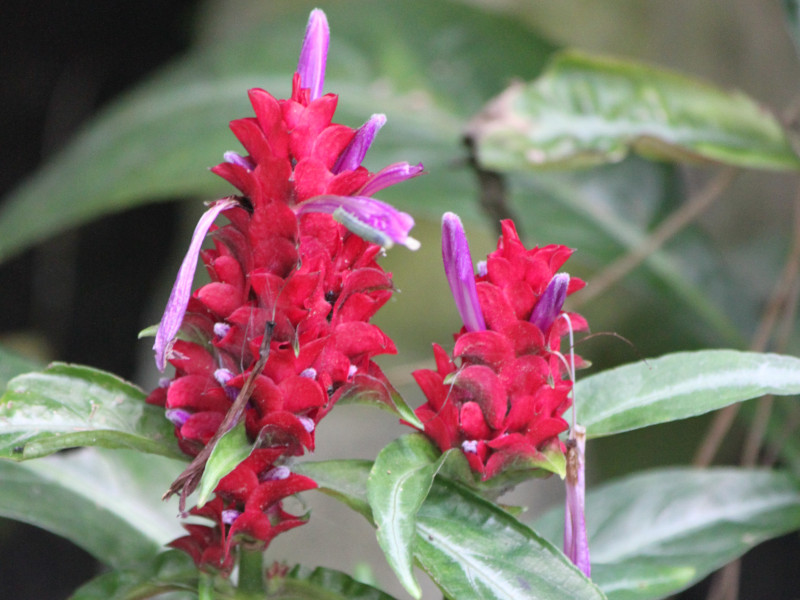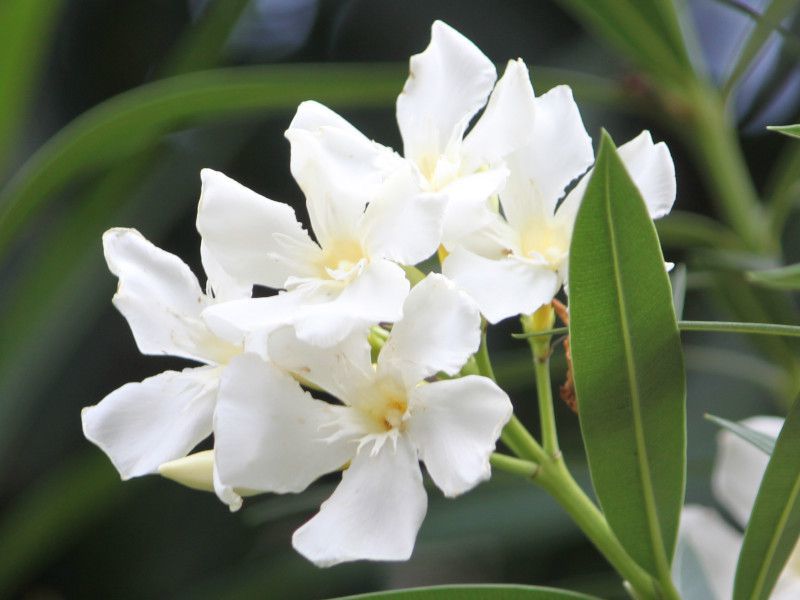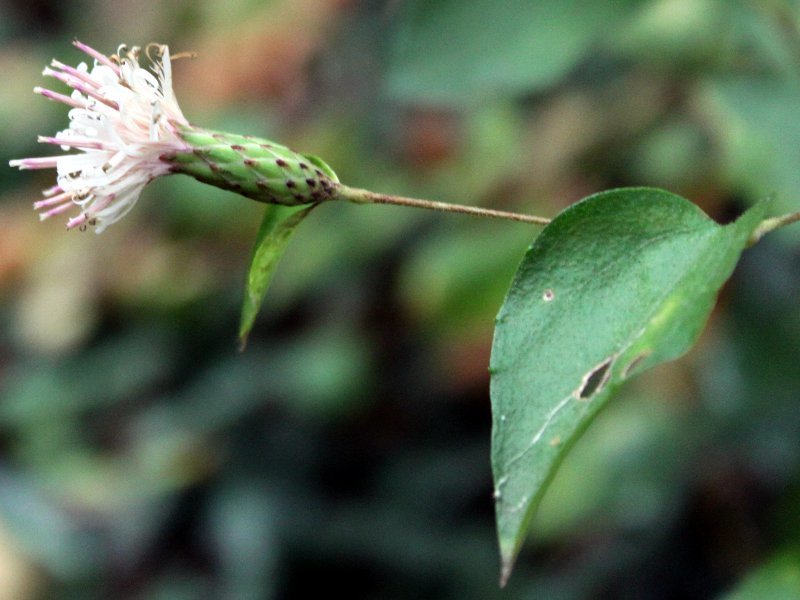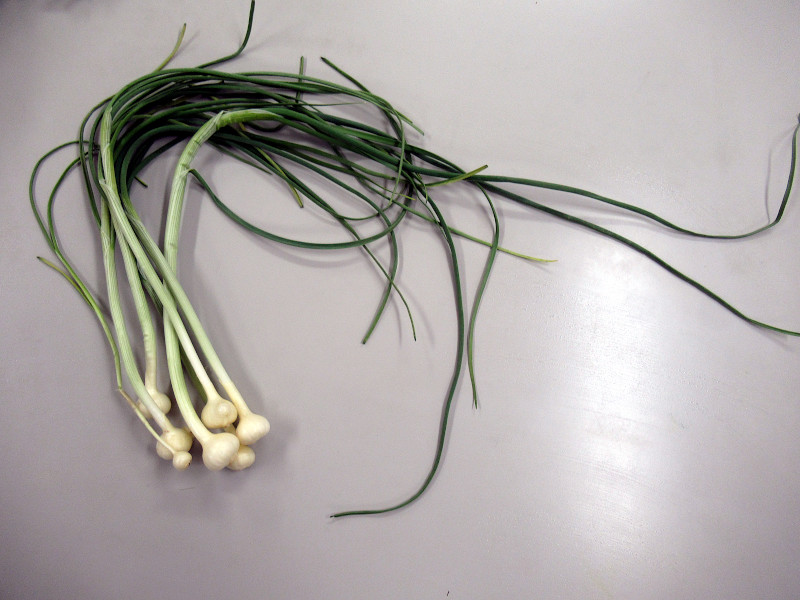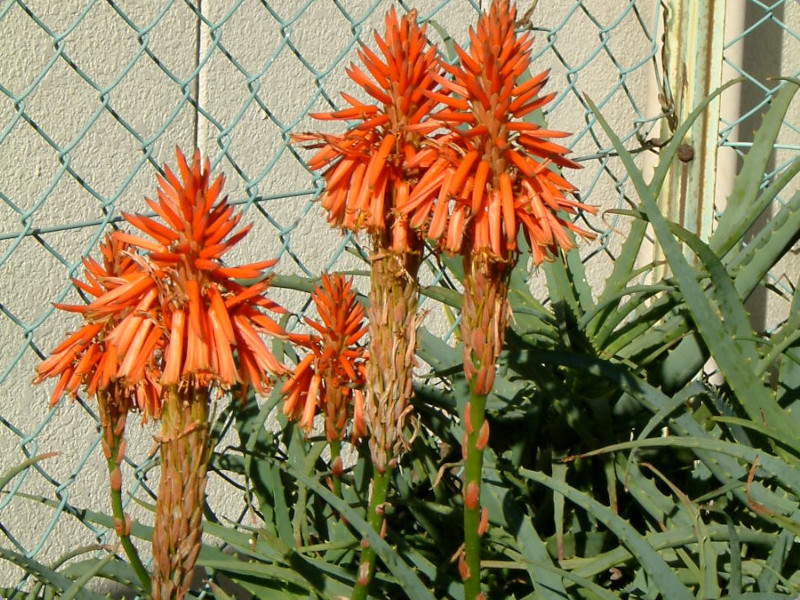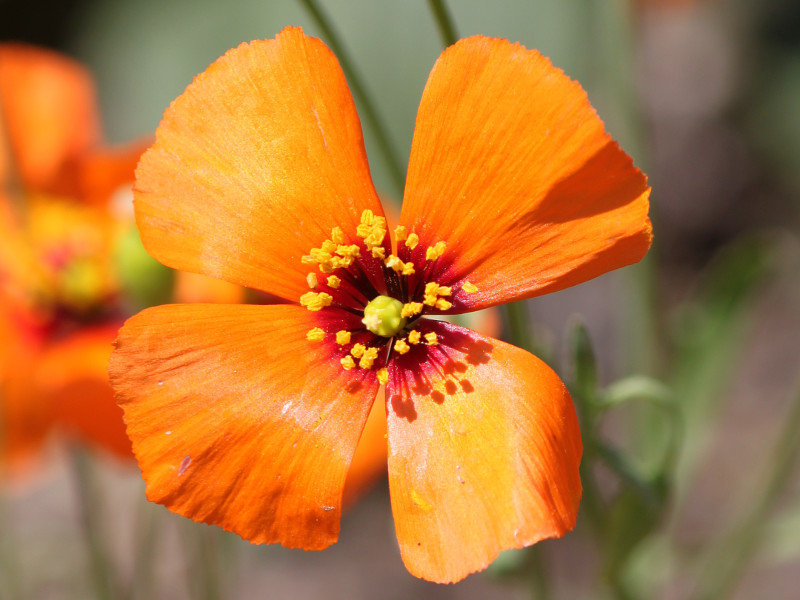Rhododendron pulchrum
- Flower nameRhododendron pulchrum
- Scientific nameRhododendron × pulchrum
- Alias躑躅, Tsutsuji, Rhododendron
- Place of origingarden cultivar produced in Hirado City, Nagasaki Prefecture
- Place of floweringGarden, Botanical Gardens, Cemetery & Temple, Park, Horticultural species, Bonsai, Potted flower, Streets, Planting
- Flowering seasonApril, May
- Language of flowerstemperance, take care of yourself for me, fragility
What is Rhododendron pulchrum
Hirado-tsutsuji, Hirada azalea or Rhododendron pulchrum (scientific name: Rhododendron x pulchrum) is a semi-evergreen, cold-resistant shrub of the genus Rhododendron in the family Ericaceae, a garden cultivar produced in Hirado City, Nagasaki Prefecture. Here, tsutsuji means azalea.
The tree is 100 to 300 cm tall and has no main trunk, as it stands as a stump by branching out from the base. The young branches are densely covered with soft hairs. The leaves are 3-11 cm long, elliptic, densely pubescent on both sides, and the leaf margins are not serrated. The leaves are green, but turn yellow or red in autumn. 2-5 single flowers, 3-15 cm in diameter, with funnel-shaped petals and 5 lobes, are borne at the ends of branches in April and May. The flowers are red, white, pink, or reddish purple, and are characterized by a blotch on the top of the petal. These are considered guid marks that attract bees, butterflies, and other insects that serve as pollinators to the nectar. The blotches are red on purple-red or pink petals and yellowish green on white petals. Each flower has 10 long stamens and one pistil.
Representative varieties of the Hirado-tsutsuji
The representative variety of the Hirado-tsutsuji is the Oh-murasaki (scientific name: Rhododendron pulchrum cv. Oh-murasaki), which has white and pink varieties in place of its branches.
*Oh-murasaki - Large, reddish-purple flowers. Flower diameter: large (10-15 cm in diameter); spots are dark pink. Hybrid parents include the red-flowered Kerama azalea, the purple Kishi tsutsuji, and the mochi-tsutsuji.
*Akebono - A peach-colored variety of Oh-murasaki with medium-sized flowers. Flower color: pink, flower diameter: medium (flower diameter: 6 cm), spots are dark peach.
*Shirotae - A white variety of Oh-murasaki with small flowers. Flower color: white, diameter: small (flower diameter: 3 cm), yellow-green spots. Disease-resistant.
Varieties of Oh-murasaki
The varieties of Oh-murasaki are illustrated below.
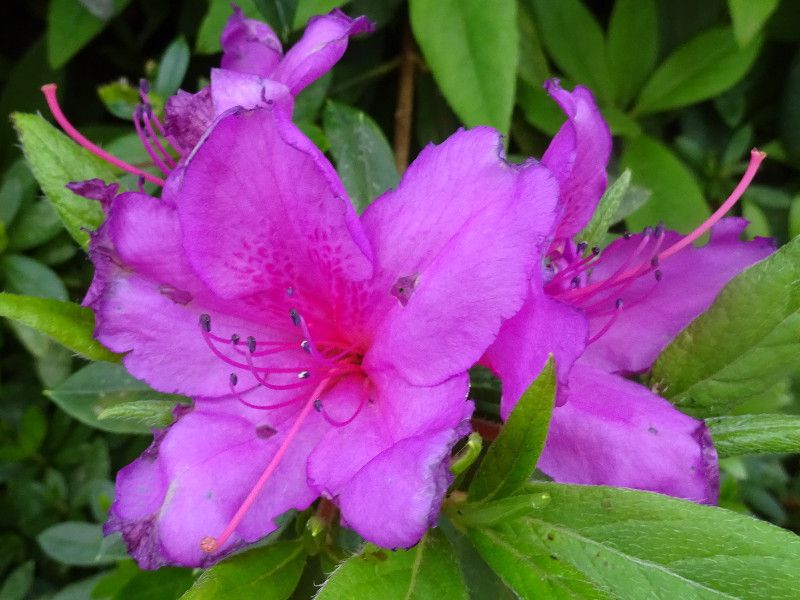
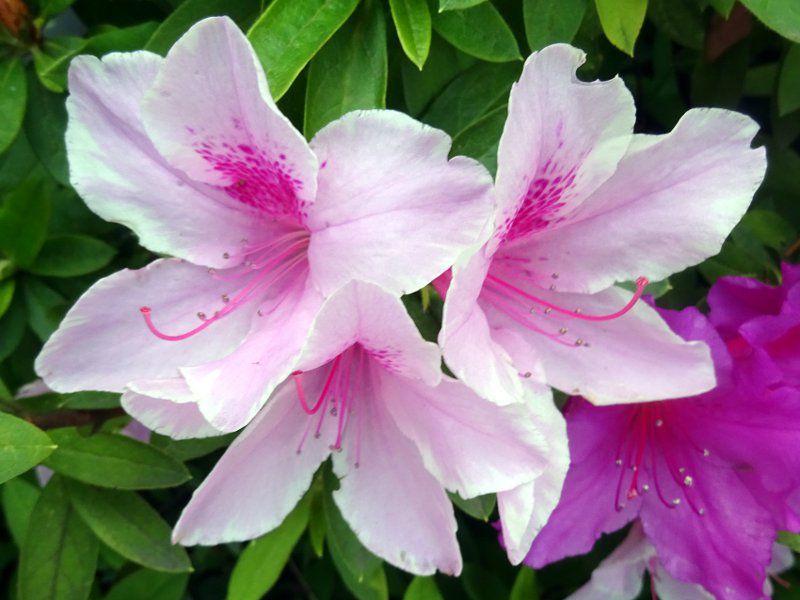
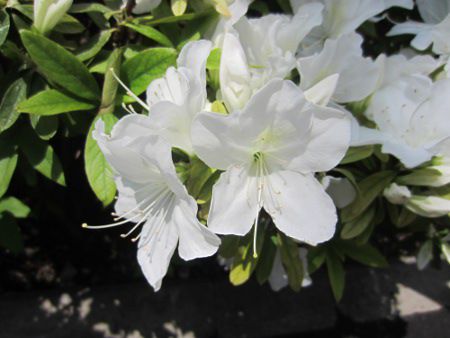
From left to right: Oh-murasaki, Akebono, and Shirotae.
Hirado-tsutsuji, which was not allowed to be seen from the gate.
The Hirado azalea is an interspecific crossbreed created through the selection and improvement of natural hybrids that were brought to the former Hirado domain, where trade was prosperous, from many places. The hybrid parents of the Hirado azalea include the Kishi tsutsuji(Rhododendron riense) native to the Chugoku, Shikoku, and Kyushu regions, the Kerama-tsutsuji(Rhododendron scabrum) native to the Amami and Okinawa Islands, the Ryukyu azalea Fujimanyou' (Rhododendron mucronatum), 'Kirishima azalea' (Rhododendron obtusum), 'Mochi-tsutsuji'(Rhododendron macrosepalum) native to central to western Honshu and Shikoku, Rhododendron macrosepalum), which is native to central to western Honshu and Shikoku.
Origin of the flower name
From its long history of cultivation in Hirado City, Nagasaki Prefecture.
Common name: Hirado-tsutsuji, scientific name: Rhododendron x pulchrum, Chinese name: 锦绣杜鹃,species: Horticultural variety produced in Hirado, height: 100 to 300 cm, leaf texture: Leaves densely covered with soft hairs on both sides; leaf shape: oval to ovate; leaf length: 3-11 cm; leaf color: green to yellow/red (autumn); leaf margin: entire; inflorescence: clustered at branch tips and alternate; flowering season: April to May; number of flowers per branch: 2-5; corolla shape: funnel-shaped with 5 medium lobes; flower diameter: 3-15 cm; flower colors: red, white and peach, Flower color: red, white, peach, purple with a blotch on the upper petal; flower shape: single; number of stamens: 10, number of pistils: 1; fruit type: capsule; uses: park trees, roadside trees, shrines and temples, garden trees, bonsai.
*Related pages
Rhododendron pulchrum
Features April-pink-flowers
